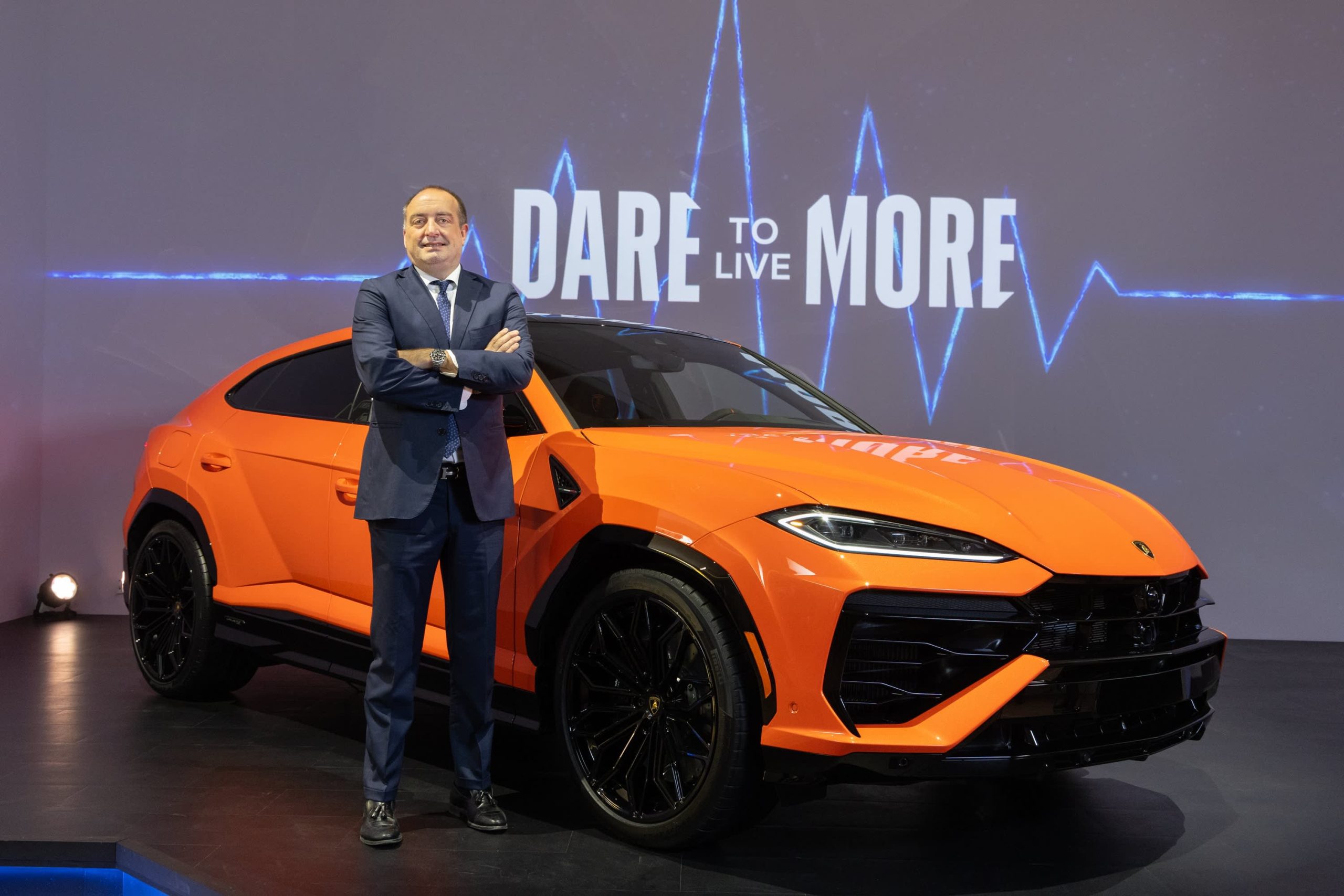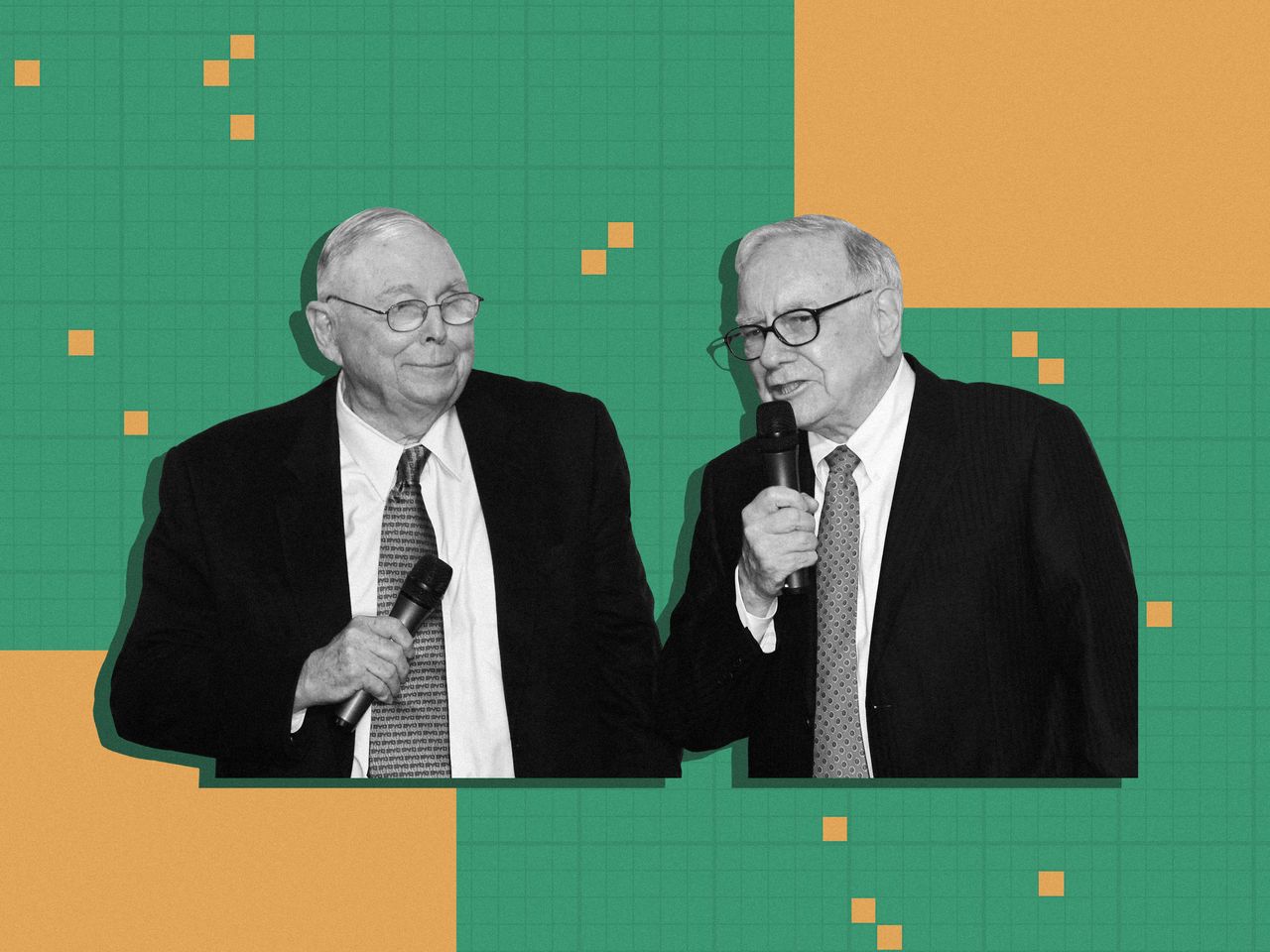How To Know When To Quit Your Job
Many baby boomers—especially those at the top of their game—struggle with the decision to step down. And when they leave, the transition is often ‘painful and messy,’ says one career coach.
Older workers have a problem. They don’t know when to quit.
As baby boom-era CEOs, professors, lawyers, engineers and others get older and keep their jobs longer, it is raising uncomfortable questions.
Is there an art to stepping down gracefully? “I’m not sure there’s an art. I think it requires will,” says Anne Mulcahy, who was 56 when she voluntarily gave up the CEO job at Xerox to make way for her successor, Ursula Burns. She is now 68. “It’s hard. It’s not something that happens naturally if you like what you do and you’re good at it. You have to set time limits for yourself.” You also have to know what your purpose is after you retire or “you go into this void that’s really very tough,” she adds. Leaving the C-suite was one of the hardest things she’s ever done, says Ms Mulcahy, who lives in Connecticut and is now actively involved with nonprofit organizations.
Mandatory retirement at 65 ended for most jobs in the mid-1980s, giving some people the impression they could work forever. Since life expectancy has increased—from 70 years old in 1959 to about 83 for today’s 65-year-olds—many people want to work longer, for both personal and financial reasons.
At their peak, boomers, those born between 1946 and 1964, numbered almost 79 million, and their ranks include the first generation of career women and lots of people who remained single or got divorced. For many boomers, work has taken on an outsize role. It provides purpose, fulfilment and community. It creates structure and routine.
Since many work at desks or in the service industry—not manual labour—boomers also have fewer physical limitations that could cut a career short. “Retiring at 65 makes no sense. Many people are still at the height of their game,” says Gillian Leithman, a Montreal-based retirement coach who conducts seminars and corporate workshops. Nonetheless, 65 is still the line of demarcation at which everybody else thinks you should be ready to retire, regardless of whether you agree. Another career coach says it’s like having an expiration date on your forehead.
“People are turning traditional retirement age and the gas tank isn’t empty,” says Robert Laura, a Brighton, Mich.-based retirement coach and financial planner. “They can easily work til 75.”
That’s why so many people avoid planning for it. Until the pandemic, boomers were retiring at a rate of about 2 million a year. By last September, 40% of boomers in the U.S. had retired, according to a recent report by the Pew Research Center.
Dr Leithman finds that most people, even high-powered executives, put off thinking about it until the 11th hour. When she asks them what will get them out of bed in the morning in retirement, most have no idea, she says. “They’re terrified.”
The transition is so difficult that it has spawned a new industry of coaching and consulting firms that focus solely on retirement. Many are run by former corporate executives who know the difficulties first hand, like Bob Foley, former CEO of Travelodge hotels and the former human resources chief of Pyramid Hotel Group. Mr. Foley says he was called in one day by his boss, the CEO at Pyramid, who asked out of the blue if he had a plan to identify and train his successor. “I thought, ‘What, are you out of your mind?’ ” he recalls. He was 53, and the company was growing fast. “I thought, ‘Is he pushing me out? Is my life about to end?’ You go through that fear stage. Everybody does.”
He spent eight years hiring and training his much younger successor, learning to appreciate the generational differences between himself and younger workers who are more tech savvy and champing at the bit to get their turn.
Mr Foley, now a Boston-area executive career-transition coach, tells clients to retire when their skills are no longer in vogue. At Pyramid, he was against texting—he thought it too unprofessional. He didn’t think customer service could ever be entrusted to an automated chatbot. When younger employees suggested replacing an obsolete HR system that he’d created, “Boy, did I say no to that,” he says. He finally realized “these guys are smarter than I am. I finally got out of my way.” At 61, he was ready to leave.
Retirement doesn’t just happen. “The heavens don’t open up, the world isn’t at your feet when you retire,” says Mr Laura. “Retirement is a made-up phase of life. It’s nothing until you put things into it.”
He asks clients to write down how they’d spend one day in retirement; then how they’d spend a week. Often they only make it halfway through. Once people figure out retirement could last 30 years, they realize that’s a long time to play golf, knit or help register voters. They want to find something to throw themselves into, says Chip Conley, who founded Modern Elder Academy, a school in Baja California Sur, Mexico, where mid-lifers and retirees can problem-solve a career transition.
The transition is often painful and messy, says Mr Conley, 60, who founded the boutique hotel business Joie de Vivre Hospitality at age 26, sold it 24 years later, and then for a time was a strategy executive at Airbnb. “I had to end the idea that I was a CEO. I had to right-size my ego and let go of all my hotel knowledge,” he says. He likens it to “ripping off a body suit of Band-Aids.”
He warns clients about “the messy middle,” the interim period when retirees have no idea what’s next. He has them create dream boards, asking themselves, do you want to be an angel investor, author, social worker, entrepreneur? He helps them figure out what skills and experience they can apply in a new venue, as he did when he moved from the hotel industry to tech. He tells them to follow their curiosity. “If you’re passionate and engaged and curious, people lose track of your wrinkles,” he says. “They are attracted by your energy.”
Stepping down works best when you follow a plan, experts say. Don’t expect execution to be perfect. Though Ms Mulcahy knew she wanted to be in nonprofits, “the need to fill your calendar is so strong that you say yes to things you shouldn’t,” she says. “You worry about your shelf life and staying relevant.” She found in hindsight that it hadn’t been necessary to add a stint as cable news commentator to her board and nonprofit work. “It solved my itch to feel I was still part of the business world,” but it didn’t suit her, she says. “I hated it.”
She settled into a seven-year chapter chairing the board of Save the Children, a nonprofit organisation that took her all over the world. She is now focused on helping younger career women navigate the corporate world, specifically a network of 25 who meet in her apartment every quarter. “We sit around and drink wine and solve each other’s problems,” she says.
 Copyright 2020, Dow Jones & Company, Inc. All Rights Reserved Worldwide. LEARN MORE
Copyright 2020, Dow Jones & Company, Inc. All Rights Reserved Worldwide. LEARN MORE
This stylish family home combines a classic palette and finishes with a flexible floorplan
Just 55 minutes from Sydney, make this your creative getaway located in the majestic Hawkesbury region.
The marketplace has spoken and, at least for now, it’s showing preference for hybrids and plug-in hybrids (PHEVs) over battery electrics. That makes Toyota’s foot dragging on EVs (and full speed ahead on hybrids) look fairly wise, though the timeline along a bumpy road still gets us to full electrification by 2035.
Italian supercar producer Lamborghini, in business since 1963, is also proceeding, incrementally, toward battery power. In an interview, Federico Foschini , Lamborghini’s chief global marketing and sales officer, talked about the new Urus SE plug-in hybrid the company showed at its lounge in New York on Monday.

Lamborghini
The Urus SE SUV will sell for US$258,000 in the U.S. (the company’s biggest market) when it goes on sale internationally in the first quarter of 2025, Foschini says.
“We’re using the contribution from the electric motor and battery to not only lower emissions but also to boost performance,” he says. “Next year, all three of our models [the others are the Revuelto, a PHEV from launch, and the continuation of the Huracán] will be available as PHEVs.”
The Euro-spec Urus SE will have a stated 37 miles of electric-only range, thanks to a 192-horsepower electric motor and a 25.9-kilowatt-hour battery, but that distance will probably be less in stricter U.S. federal testing. In electric mode, the SE can reach 81 miles per hour. With the 4-litre 620-horsepower twin-turbo V8 engine engaged, the picture is quite different. With 789 horsepower and 701 pound-feet of torque on tap, the SE—as big as it is—can reach 62 mph in 3.4 seconds and attain 193 mph. It’s marginally faster than the Urus S, but also slightly under the cutting-edge Urus Performante model. Lamborghini says the SE reduces emissions by 80% compared to a standard Urus.
Lamborghini’s Urus plans are a little complicated. The company’s order books are full through 2025, but after that it plans to ditch the S and Performante models and produce only the SE. That’s only for a year, however, because the all-electric Urus should arrive by 2029.

Lamborghini
Thanks to the electric motor, the Urus SE offers all-wheel drive. The motor is situated inside the eight-speed automatic transmission, and it acts as a booster for the V8 but it can also drive the wheels on its own. The electric torque-vectoring system distributes power to the wheels that need it for improved cornering. The Urus SE has six driving modes, with variations that give a total of 11 performance options. There are carbon ceramic brakes front and rear.
To distinguish it, the Urus SE gets a new “floating” hood design and a new grille, headlights with matrix LED technology and a new lighting signature, and a redesigned bumper. There are more than 100 bodywork styling options, and 47 interior color combinations, with four embroidery types. The rear liftgate has also been restyled, with lights that connect the tail light clusters. The rear diffuser was redesigned to give 35% more downforce (compared to the Urus S) and keep the car on the road.
The Urus represents about 60% of U.S. Lamborghini sales, Foschini says, and in the early years 80% of buyers were new to the brand. Now it’s down to 70%because, as Foschini says, some happy Urus owners have upgraded to the Performante model. Lamborghini sold 3,000 cars last year in the U.S., where it has 44 dealers. Global sales were 10,112, the first time the marque went into five figures.
The average Urus buyer is 45 years old, though it’s 10 years younger in China and 10 years older in Japan. Only 10% are women, though that percentage is increasing.
“The customer base is widening, thanks to the broad appeal of the Urus—it’s a very usable car,” Foschini says. “The new buyers are successful in business, appreciate the technology, the performance, the unconventional design, and the fun-to-drive nature of the Urus.”
Maserati has two SUVs in its lineup, the Levante and the smaller Grecale. But Foschini says Lamborghini has no such plans. “A smaller SUV is not consistent with the positioning of our brand,” he says. “It’s not what we need in our portfolio now.”
It’s unclear exactly when Lamborghini will become an all-battery-electric brand. Foschini says that the Italian automaker is working with Volkswagen Group partner Porsche on e-fuel, synthetic and renewably made gasoline that could presumably extend the brand’s internal-combustion identity. But now, e-fuel is very expensive to make as it relies on wind power and captured carbon dioxide.
During Monterey Car Week in 2023, Lamborghini showed the Lanzador , a 2+2 electric concept car with high ground clearance that is headed for production. “This is the right electric vehicle for us,” Foschini says. “And the production version will look better than the concept.” The Lanzador, Lamborghini’s fourth model, should arrive in 2028.
Consumers are going to gravitate toward applications powered by the buzzy new technology, analyst Michael Wolf predicts
This stylish family home combines a classic palette and finishes with a flexible floorplan























